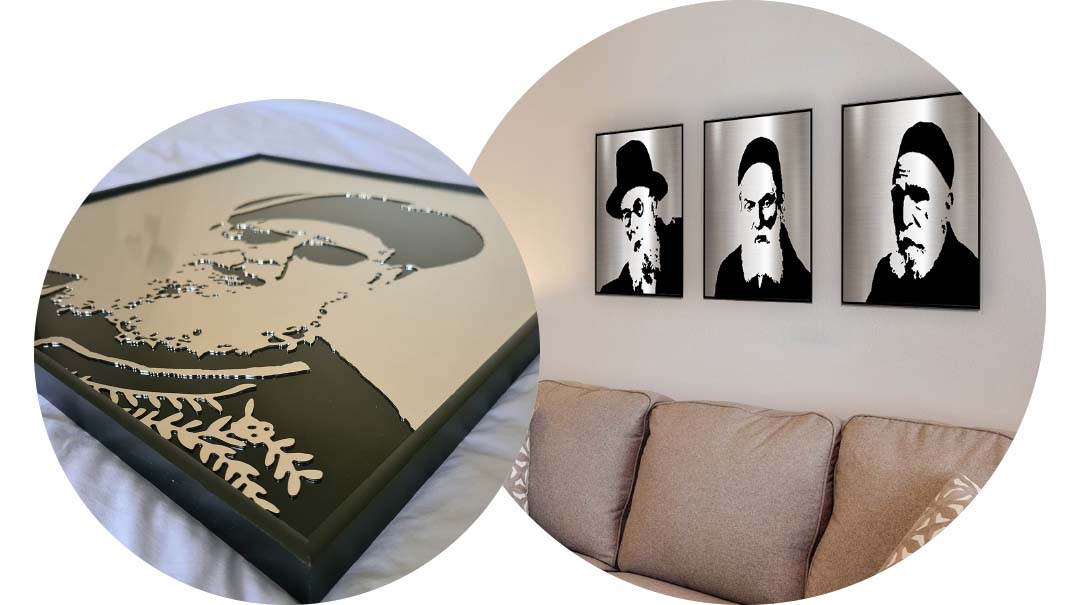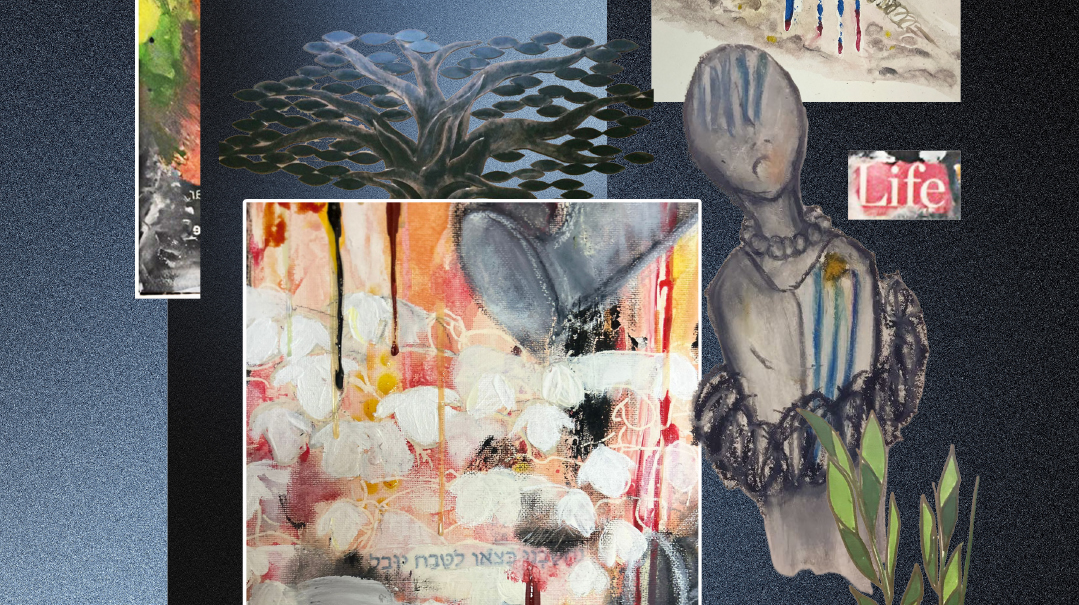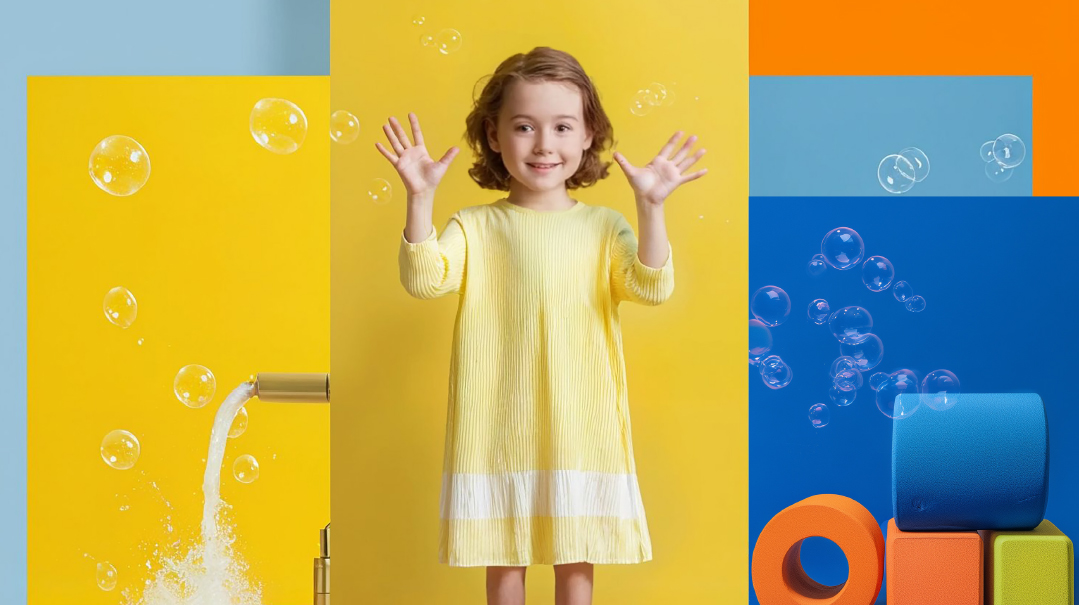Meet Naama Goldberg

Cutting-edge tech meets gedolim portraits

In my traditional Johannesburg home, every surface was a canvas. My mother taught art classes, and all the neighborhood kids would etch their names and doodles on the collaborative artwork that was the surface of our dining room table.
While my sister sculpted and painted comic murals on the walls of the garage, I watched enviously. I’d get my family to make any projects I needed for school. Their artwork always earned me accolades, but I knew I didn’t have that talent myself.
Fortunately, my family also celebrated academic achievement, so I excelled as the mathematician and scientist. I continued that track in Israel, breaking my teeth over my Hebrew-language joint degree in computer science and math.
On a whim one weekend, needing a break from my grueling academic schedule, I took an art class. I was astonished to discover that I actually do possess some artistic talent. It isn’t the freewheeling, creative flow that I’d grown up considering the hallmark of a true artist; in line with my more precise nature, it turned out I have an aptitude for drawing with considerable realism.
My Secret Weapon
The very traits that I always thought made me “not an artist” are a huge asset in this business. My meticulous nature is critical, since the minimalist style and metal medium show mistakes unforgivingly. My organization and management skills help me learn how to run a successful business, work out production, maintain inventory, and build a viable foundation for growth.
This is also my biggest weakness: I get so absorbed in the process, and really enjoying learning everything from the ground up. I could be busy with this all the time, so I have to consciously set boundaries.
Oops! We could not locate your form.







